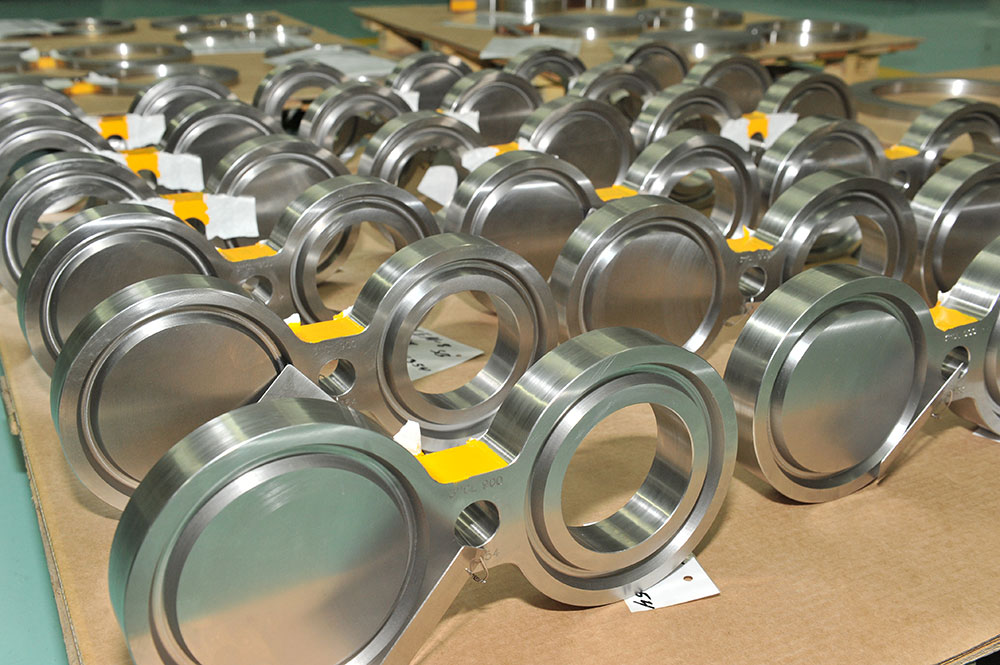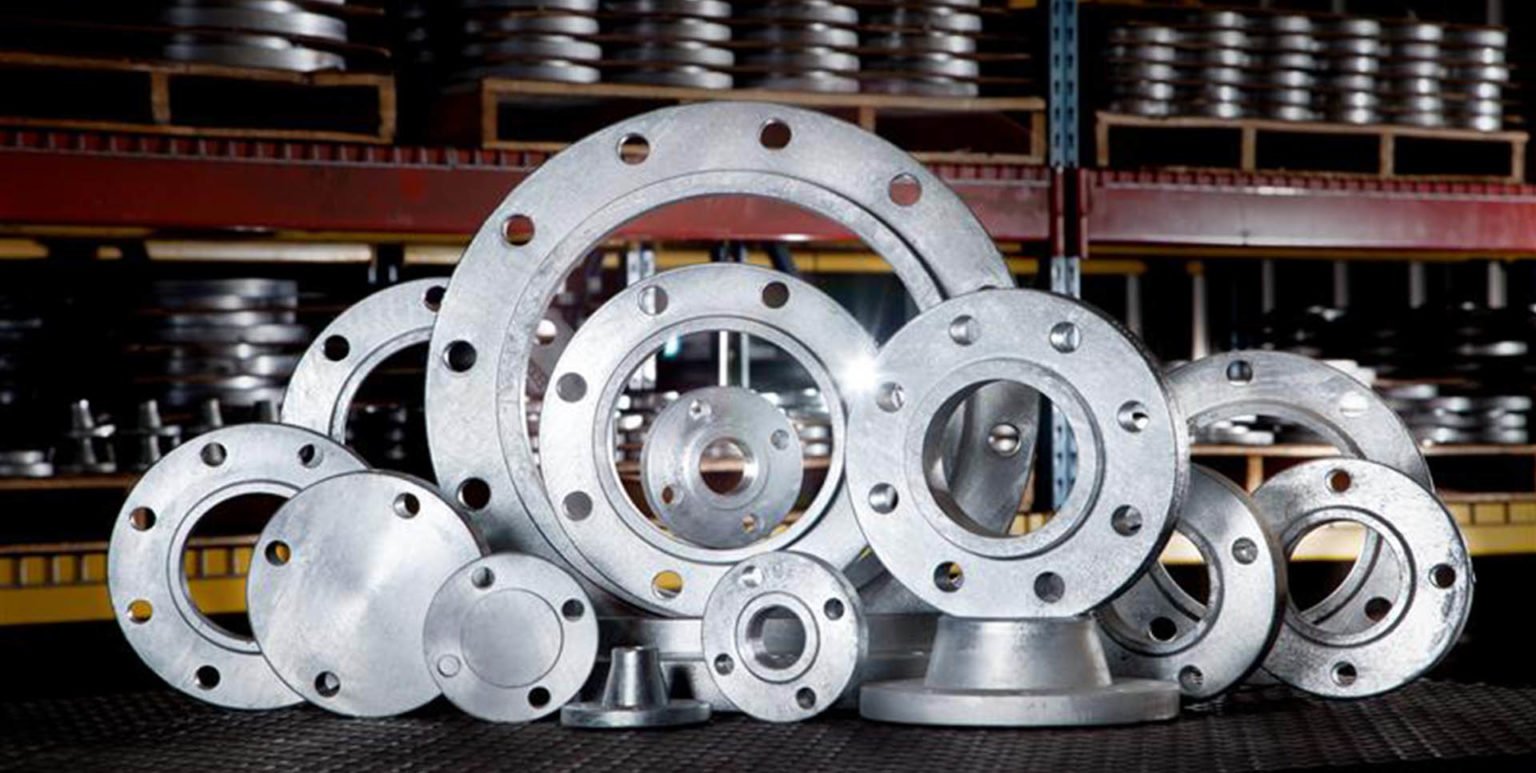Difference between ASME B16.5, ASME B16.47 Series A, Series B, and API 605 Standard Flanges?
Difference between ASME B16.5, ASME B16.47 Series A, Series B, and API 605 Standard Flanges?: ASME B16.5 standard covers Steel Pipe Flange and Flanged Fittings from NPS 1/2 through NPS 24 Metric/Inch in pressure class 150 to 2500. It covers pressure-temperature appraisals, materials, aspects, resistances, stamping, testing, and techniques for assigning openings for pipe flanges and flanged fittings.
For example, two integral flanges, weld neck flange and blind flanges, are regularly utilized in channeling frameworks. The expression “B16.5” or “B16 5” is used compatibility and alludes to some norm.
Notwithstanding, the standard ASME B16 5 (ANSI B16 5) conceals 24 inches. For more significant measures, ASME B16.47 standard covers pressure-temperature evaluations, materials, aspects, resistances, stamping, and testing for pipe flanges in sizes NPS 26 through NPS 60 and in appraisals Classes 75, 150, 300, 400, 600, and 900.
So, the difference between them is:-
By and large, ASME B16.47 Series A flanges are a lot thicker, heavier, and more grounded than Series B flanges in a similar size and strain rating subsequently can endure more outer stacking than Series B type.
ASME B16.47 Series B flanges need more, however, more modest clasp (screws and nuts) than Series A flanges and have a more modest fastener circle distance across than Series A flanges. The more modest bolt circle measurement brings about less flange development after establishment.
Both Series A and Series B norms characterize weld neck flanges and blind flanges in raised face type (RF); however, just Series A depicts ring type joint (RTJ) flanges from Class 300 through Class 900 inside this norm. According to a business perspective, ASME B16.47 Series A flanges are more costly than ASME B16 47 Series B flanges.
Most funneling clients or fashioners might pick Series A flanges for the new pipeline or hardware. However, assuming you are doing some repair, substitution work, or non-basic channeling plan, Series B flanges are more well-known.
Flange Dimensions according to ASME B 16 5 norms for 150# Welding Neck Flange, Blind Flange, Slipon, Socketweld, and Lap joint flanges.
Flange Dimensions, according to ASME B16 47 series, a model for 150# weld neck and the blind flange.
Dimensions according to ASME B 16.47 series B standard for 150# weld neck and the blind flange.
Standard weld neck, slip-on, blind, and flanges cover by standard B16.5 for sizes up to 24″ ostensible line. Sizes 26″ and more significant area covered by B16.47 series An or series B for weld neck and blind flanges. Series A flange is heavier, thicker, and costs more, while series B flange has more bolt openings and is lighter and less expensive than series A. API605 flange and series B flanges are the same things.
Flange Standards List:
What is the difference between ASME B16.5 and B16.47 Series A, Series B, and API 605 Standard Flange.


